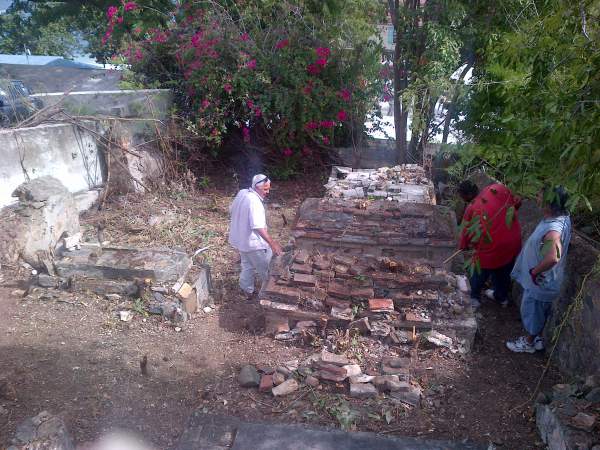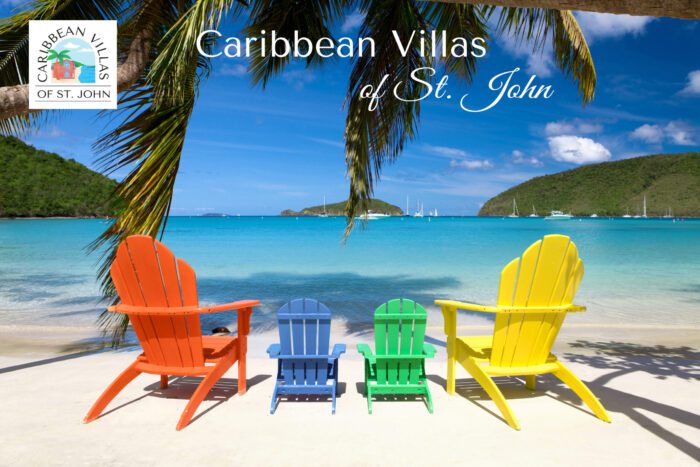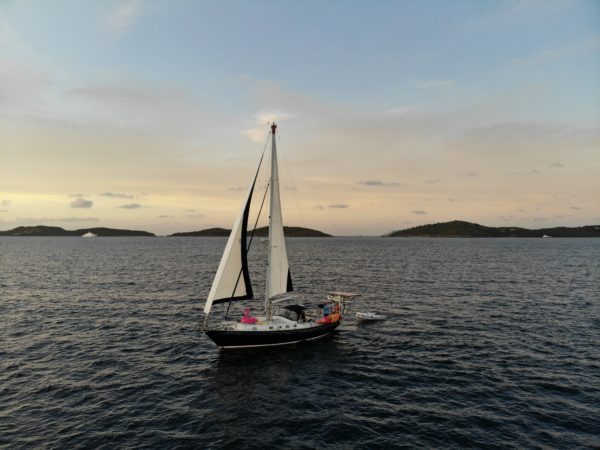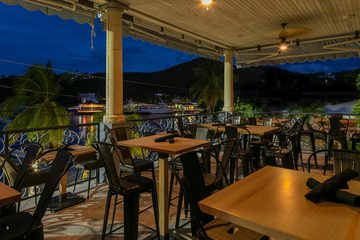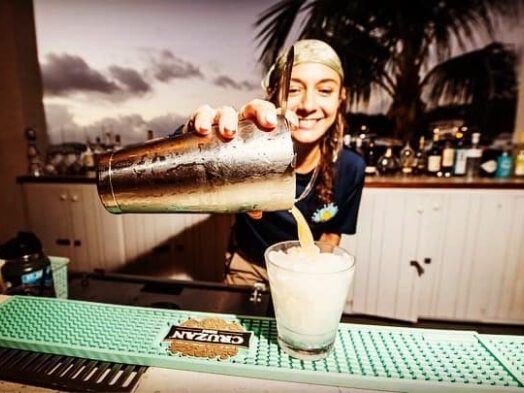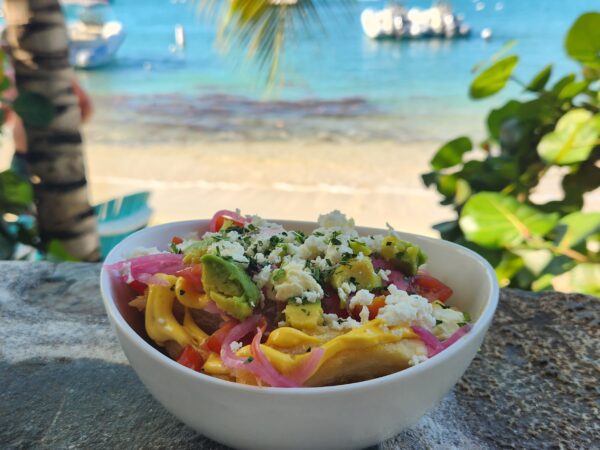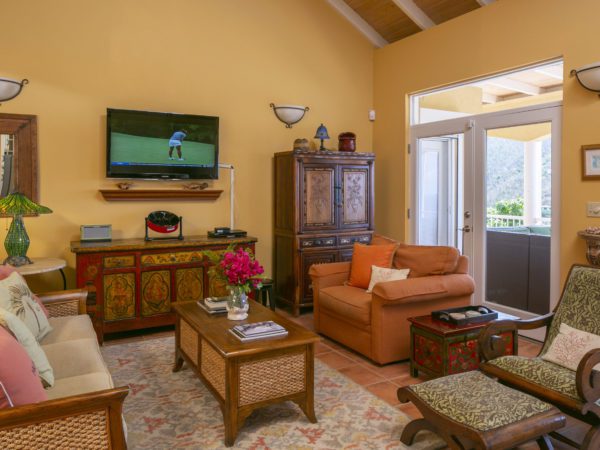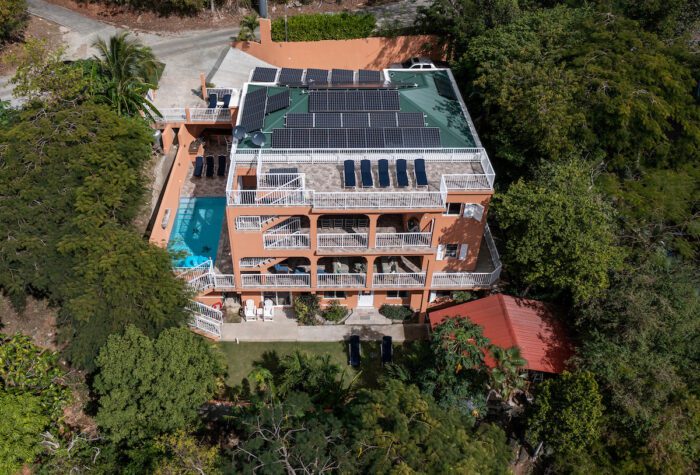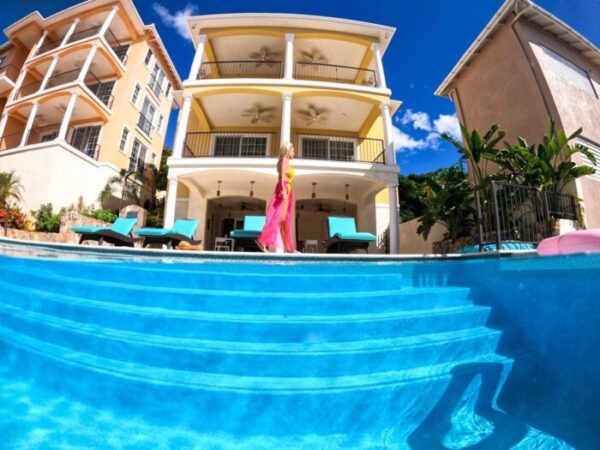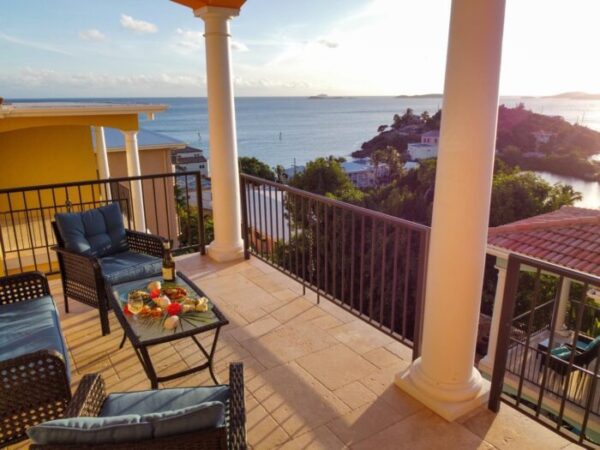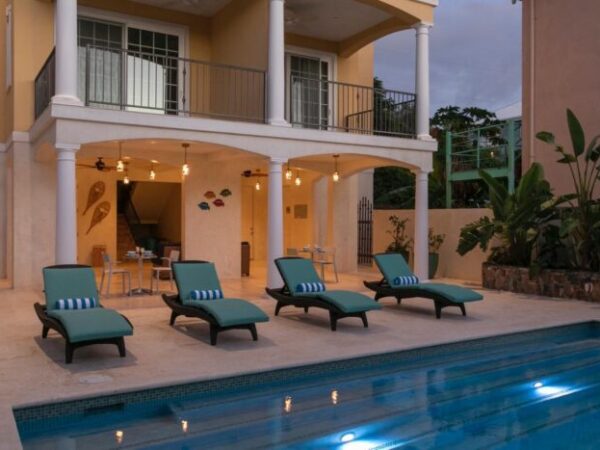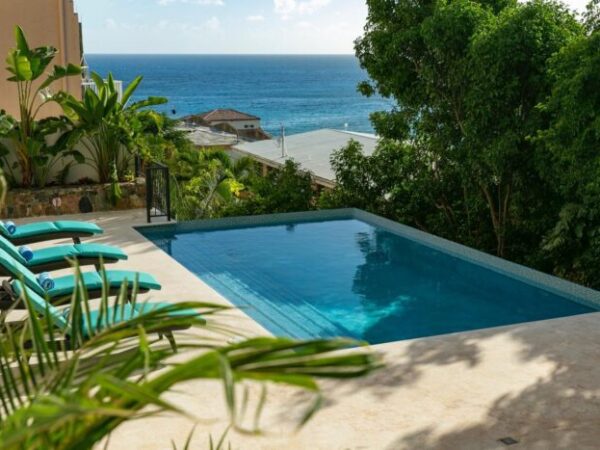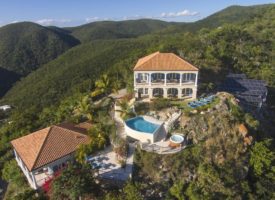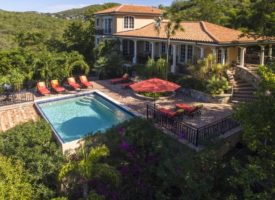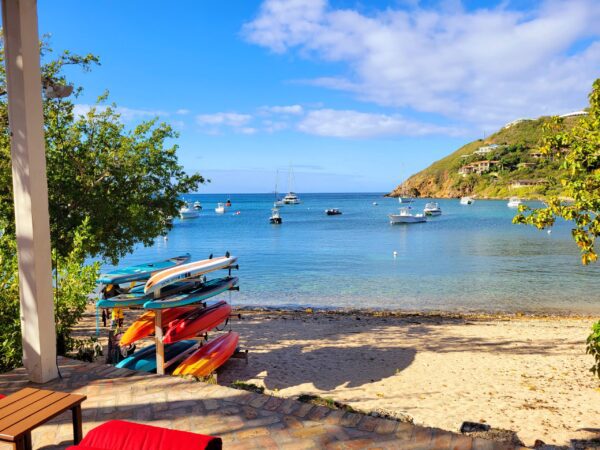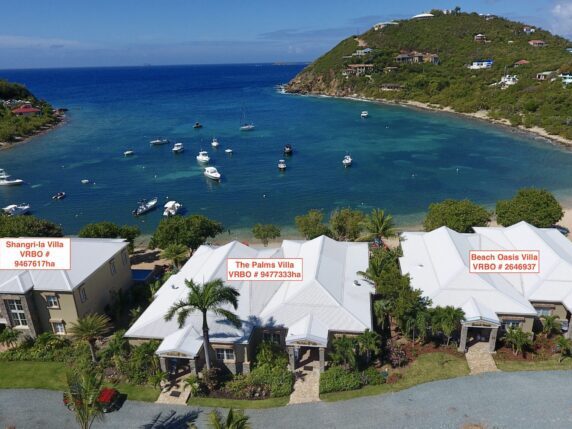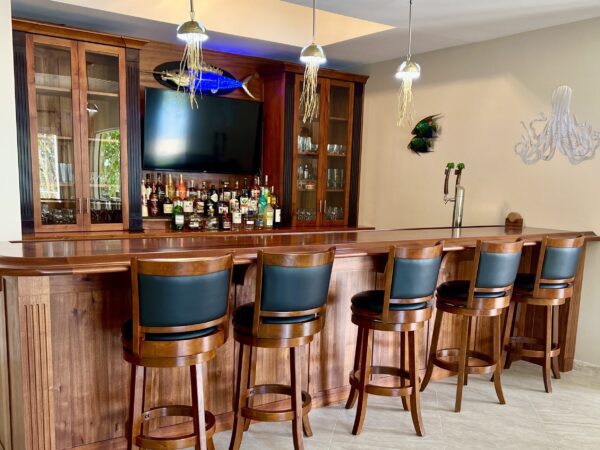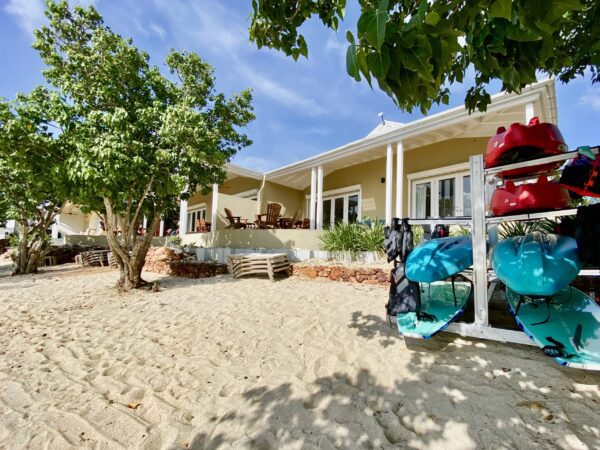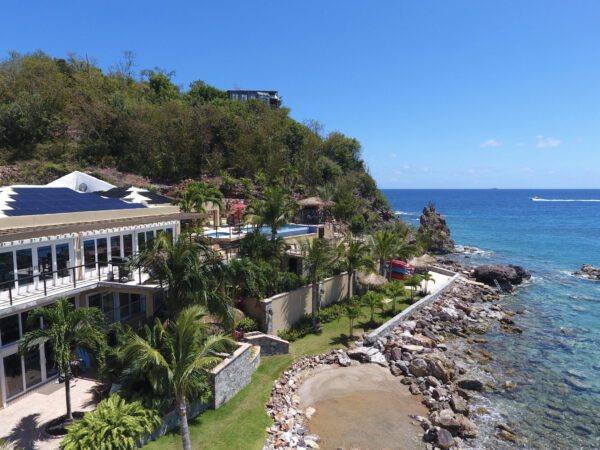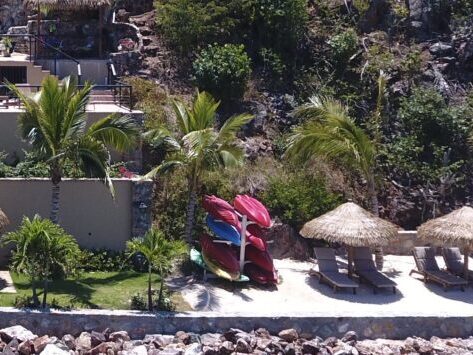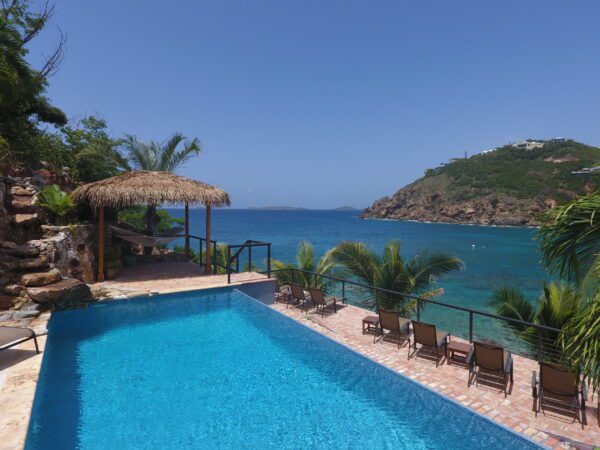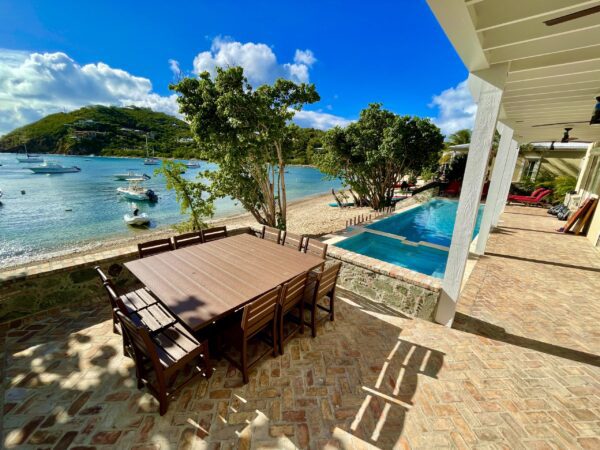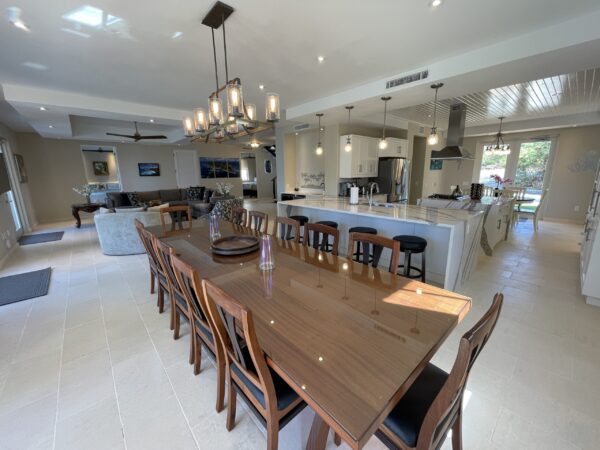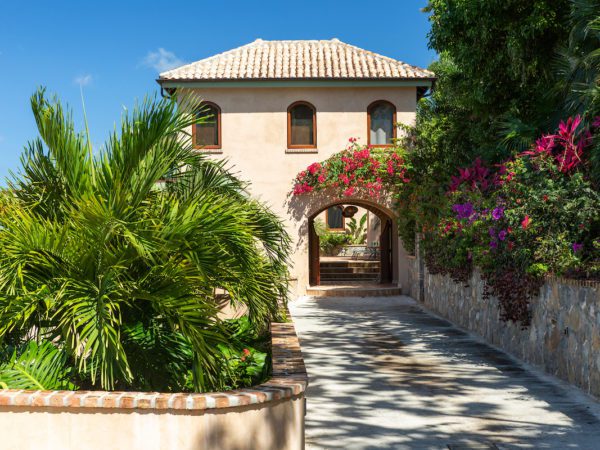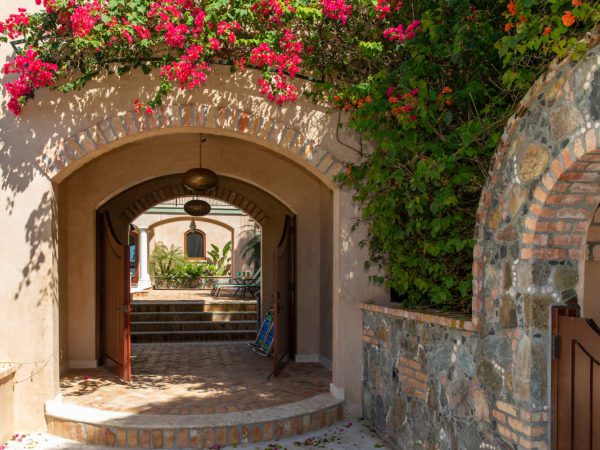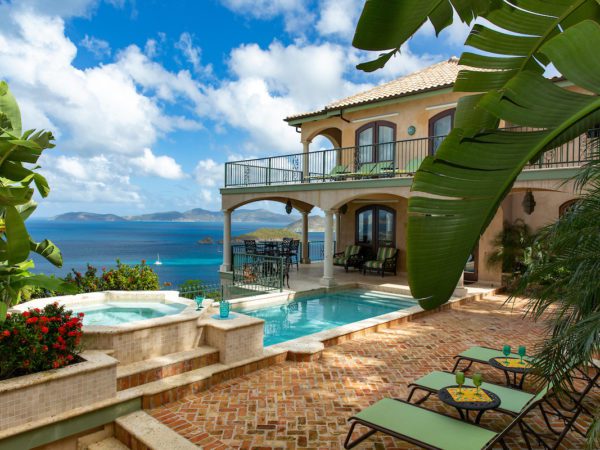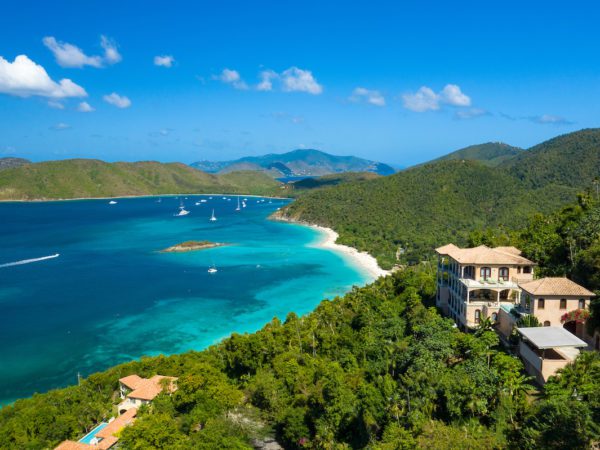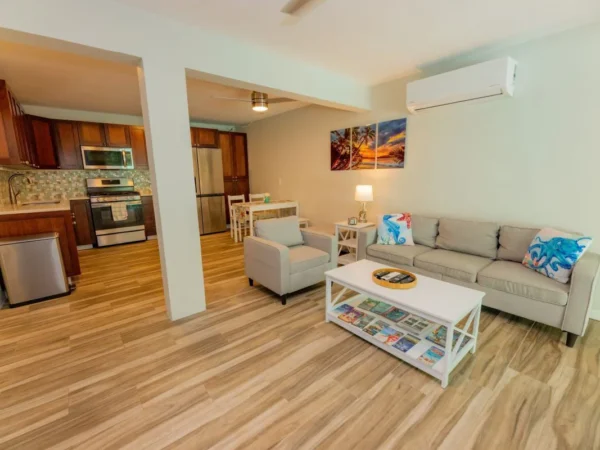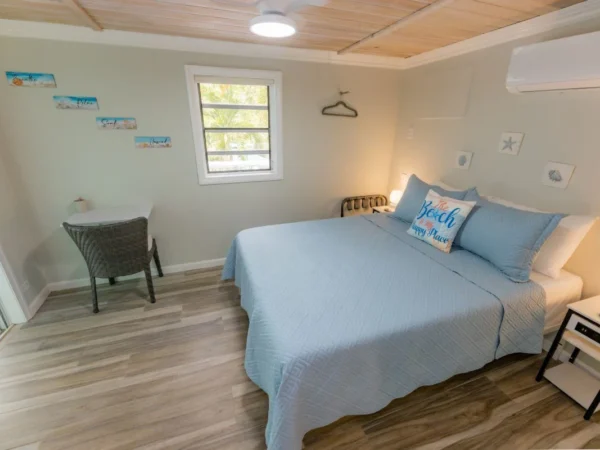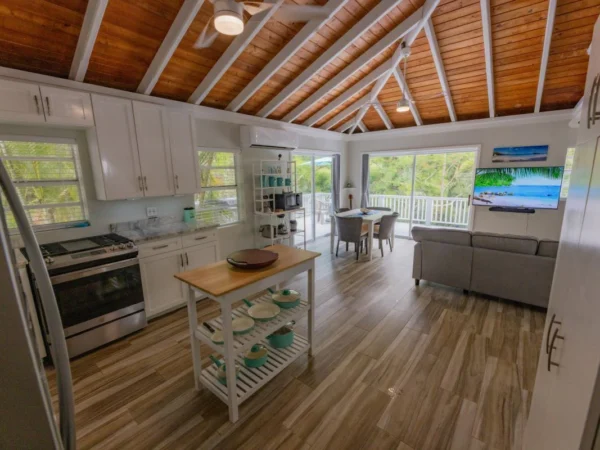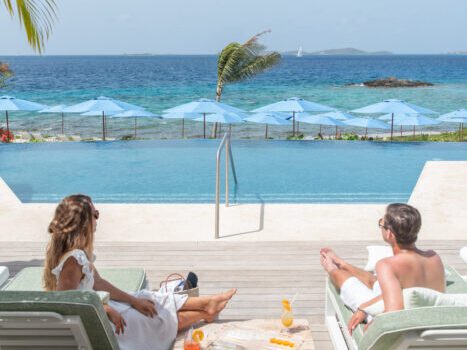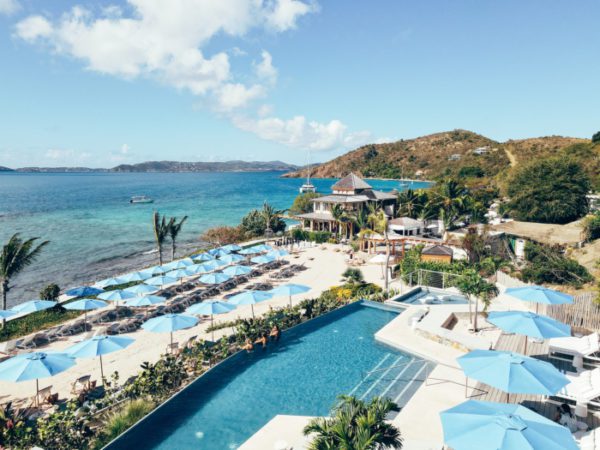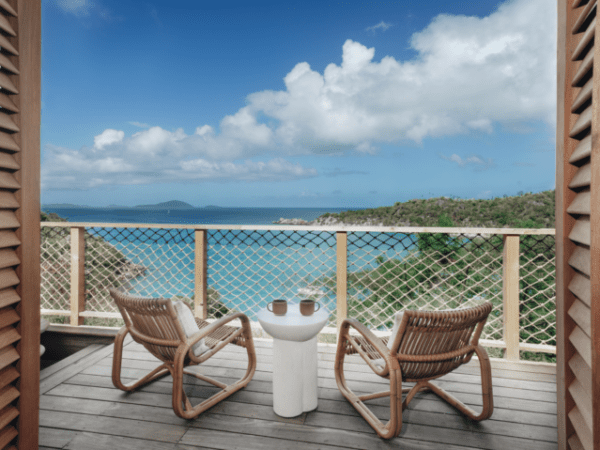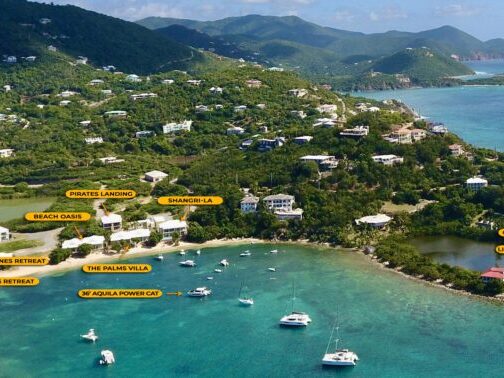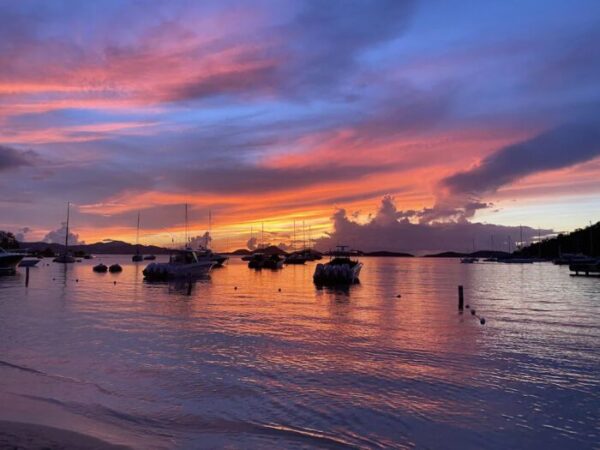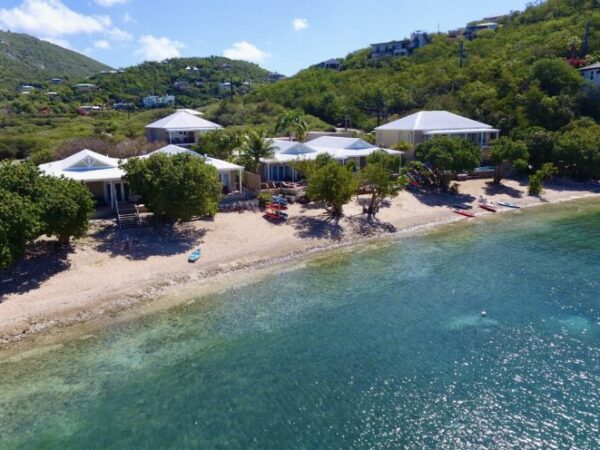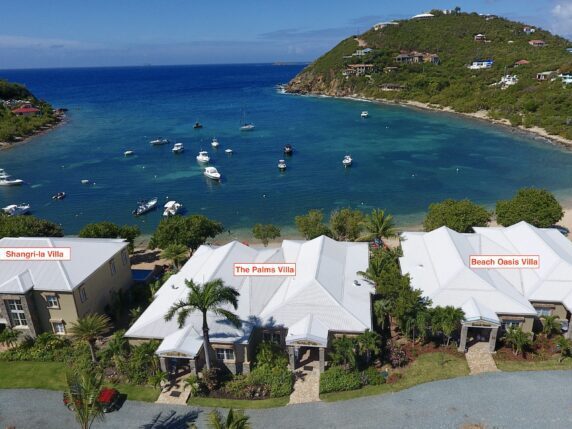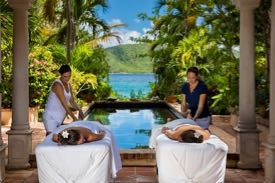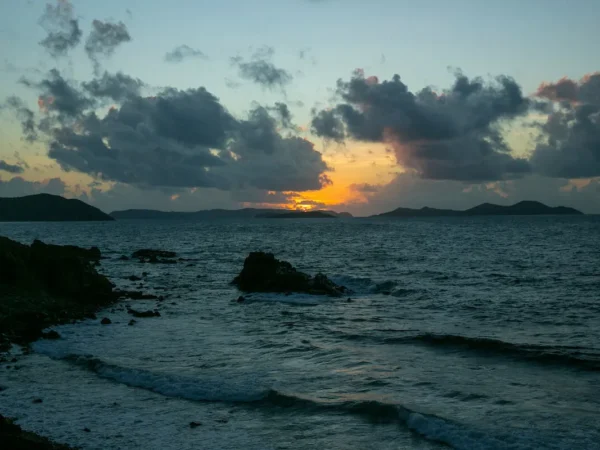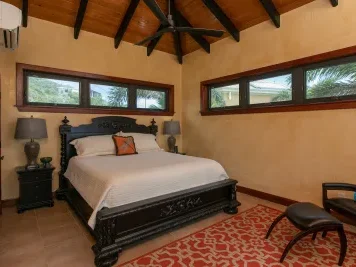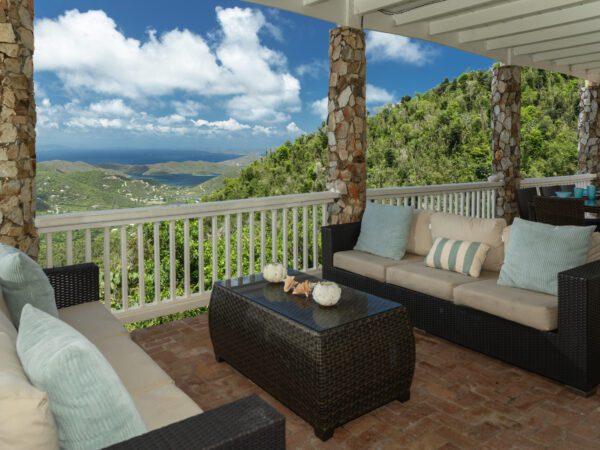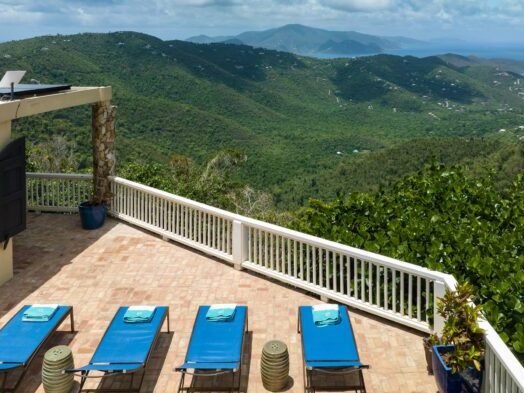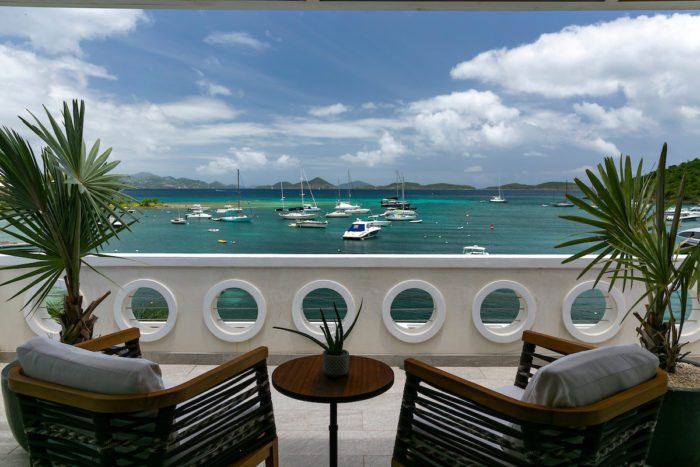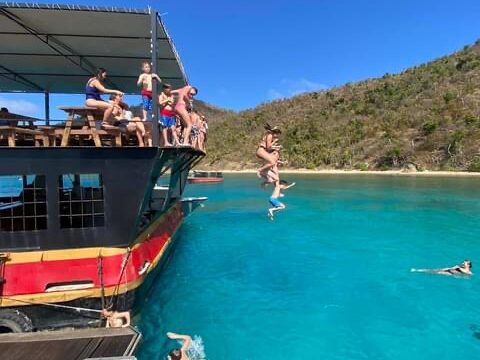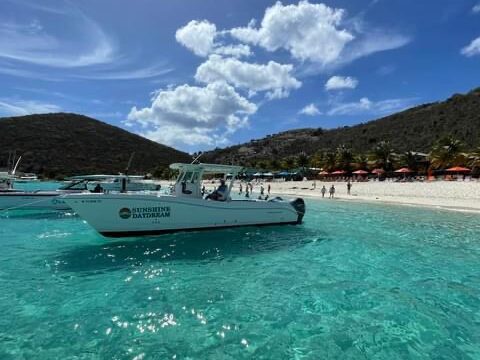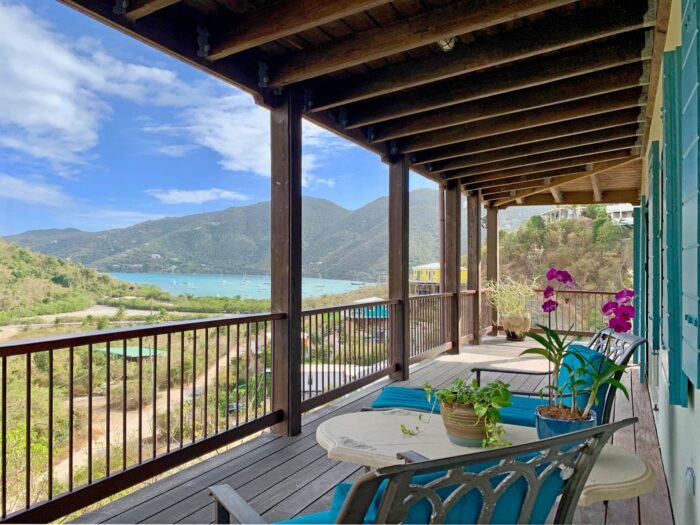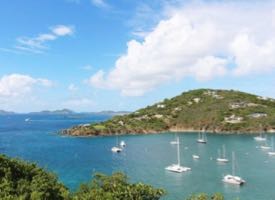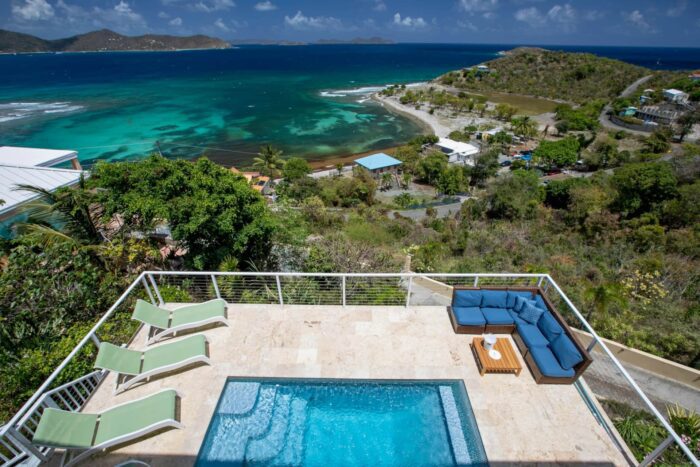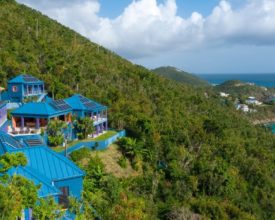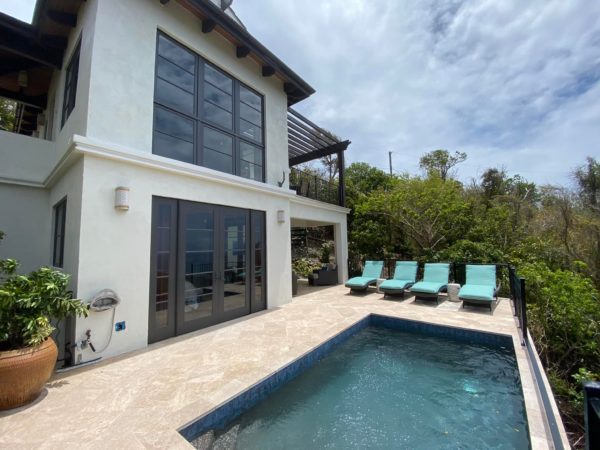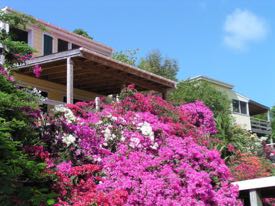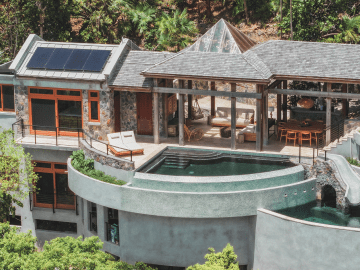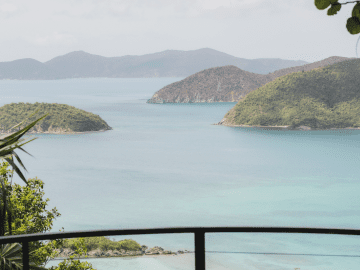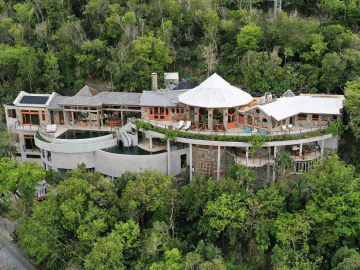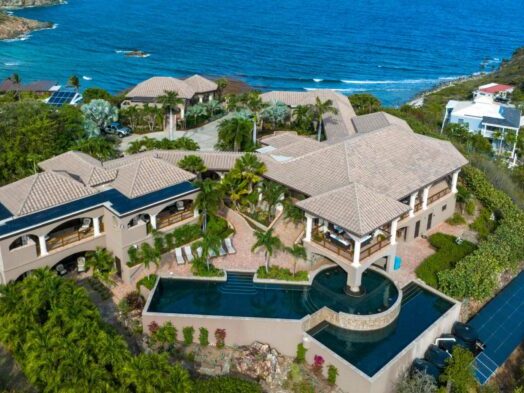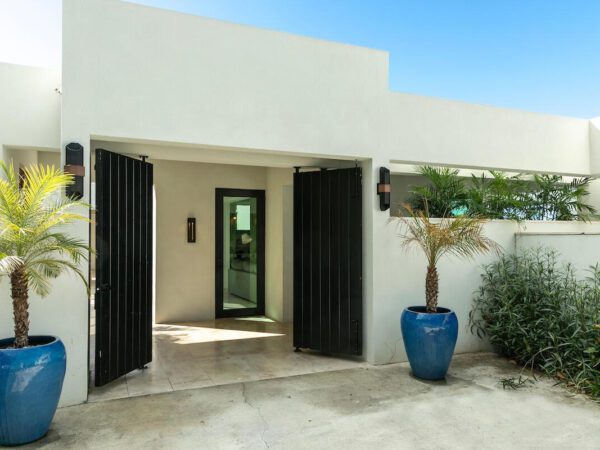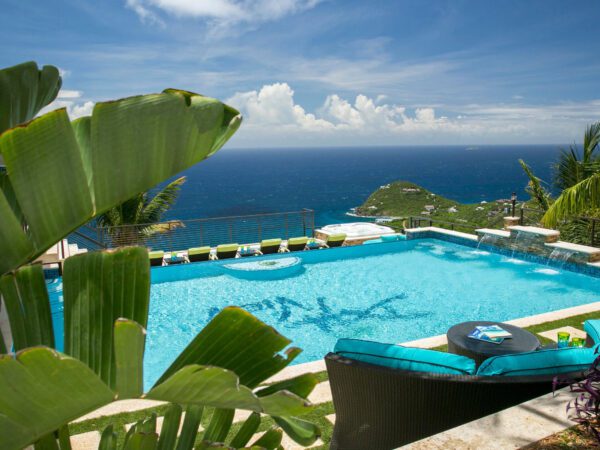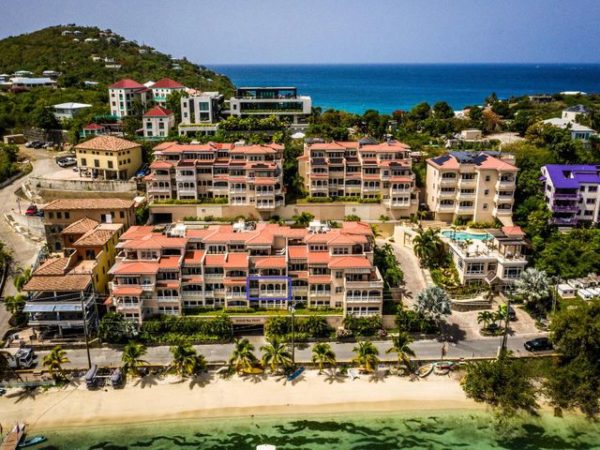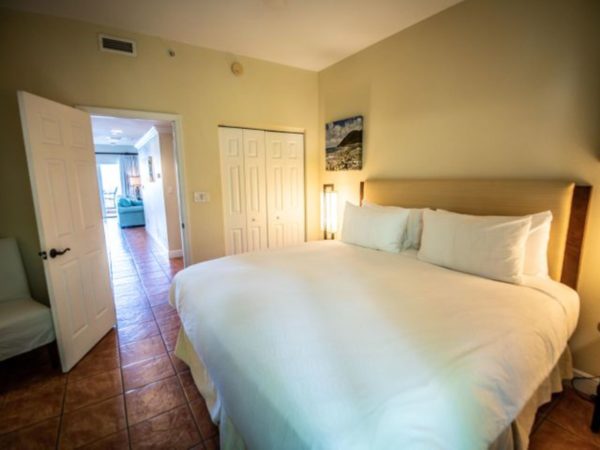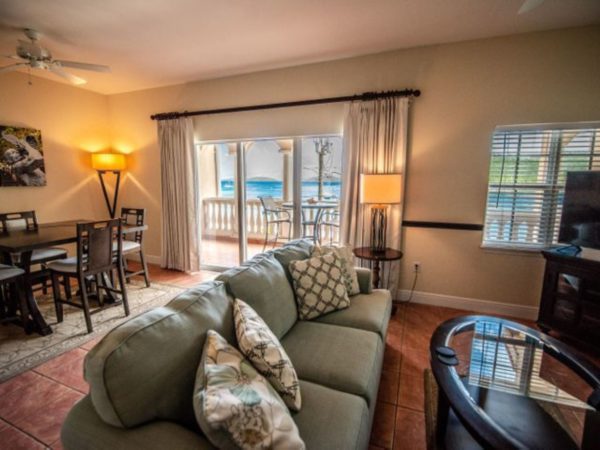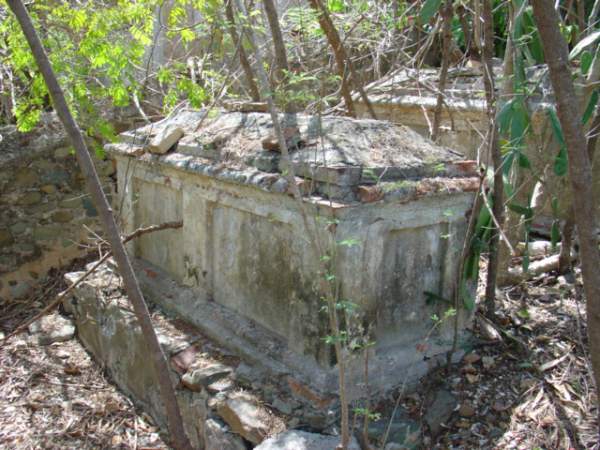
By Andrea Milam, Special Contributor to News of St. John
Tucked away in a corner of Cruz Bay between establishments reflecting modern life in this little island town is the final resting place of six free-colored Danish West Indians who died in the 19th century. Although the cemetery is incredibly significant for myriad reasons, it had been all but forgotten until last month, when the Virgin Islands government joined forces with the St. John Historical Society to lead restoration efforts at this important site.
St. Thomas-St. John Historic Preservation Committee Commissioner David W. Knight Sr. is leading the initiative, which began March 19 with a clearing of the site, adjacent to Roger Harland’s commercial building and behind the Banana Deck restaurant.
“The site’s been totally desecrated,” said Knight. “The two markers that remain in the cemetery, which both date from the 1800s, are broken. Someone recently smashed one of the memorial plaques and attempted to access the burial.”
The HPC will bring together the State Historic Preservation Office, the SJHS, and any other concerned citizens or groups to help with the restoration, which will take an estimated three to six months and cost approximately $24,000.
In addition to the clearing that has already taken place, the restoration process will include the treatment of stumps and roots with approved herbicides and removal of stumps and roots from within the cemetery’s monuments; the collection of loose artifacts and architectural components and the re-association of these materials with their respective monuments; the stabilization and rebuilding of the six historic monuments and replacement of memorial plaques; the repair and stabilization of the historic perimeter wall; restoration of the cultural landscape; and installation of a historically appropriate security fence with gate and access steps.
The Cruz Bay free-colored cemetery holds the oldest marked burials within the town of Cruz Bay. It’s the site of the only marked burial of an individual born into slavery on St. John in the 18th century, and it’s the only cemetery on St. John dedicated exclusively to members of the island’s free-colored community. The cemetery is the resting place of Sarah Elizabeth Martin and at least five of her children. The individuals interred there were born between 1774 and 1817, and were buried from 1820 to 1879.
St. Thomas-St. John Historic Preservation Committee Chairperson Felipe Ayala II hopes the restoration of the site will facilitate a greater awareness of Cruz Bay’s historic past.
“It is unfortunate that so many people do not show proper respect for our historic burials,” said Ayala in response to the recent desecration. “It is my hope that out of this tragedy will come a heightened appreciation for the rich history of Cruz Bay, and that the restoration will bring the memory of those buried there, and the free-colored community as a whole, back into the public’s consciousness.”
Several businesses and organizations have already signed on to help with the restoration including the St. John Community Foundation, Roger Harland, V.I. National Park Archaeologist Ken Wild, Friends of VINP President Joe Kessler, former territorial archaeologist Emily Lundberg, naturalist Eleanor Gibney, and licensed St. John contractors Eric Couzobon and Brent Squires’s Stonemasonry Inc. To donate time, funds, or expertise to the restoration of the Cruz Bay free-colored cemetery, contact the St. John Historical Society at [email protected] or call project coordinator David Knight at 714-5872.
